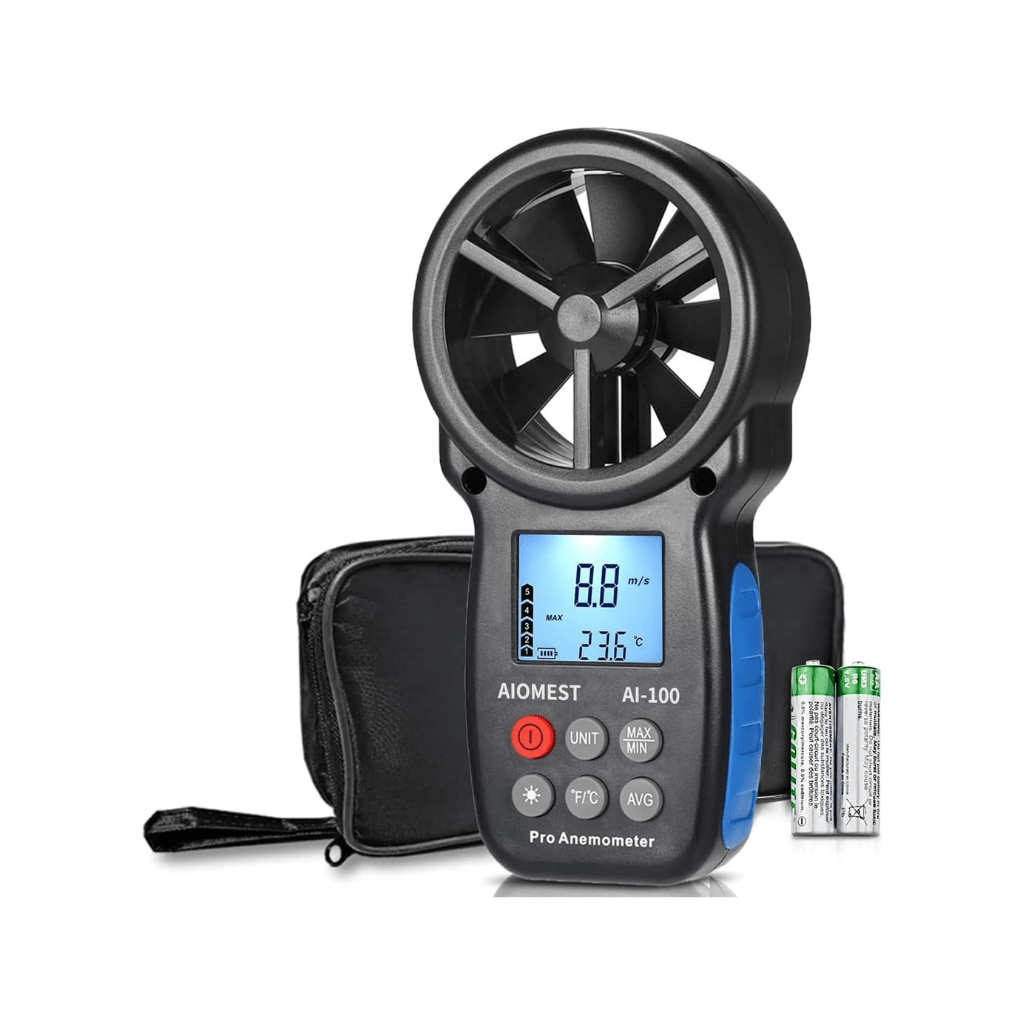Anemometer: Uses and Types
Uses of an Anemometer
An anemometer is an instrument used to measure wind speed and sometimes wind direction. It is widely used in various fields where understanding wind dynamics is essential. Below are the primary uses of an anemometer:
Meteorology and Weather Forecasting:
- Anemometers are crucial tools in meteorology for measuring wind speed, which is an essential factor in weather prediction. They help in forecasting storms, hurricanes, and other weather conditions by providing accurate wind data.
Aviation:
- In aviation, anemometers are used at airports and on aircraft to measure wind speed and direction. This information is critical for safe takeoffs, landings, and flight operations, especially in adverse weather conditions.
Marine Navigation:
- On ships and boats, anemometers are used to measure wind speed at sea. This information is vital for navigation, sail handling, and ensuring the safety of vessels, particularly in rough weather.
Wind Energy:
- In the wind energy industry, anemometers are used to measure wind speeds at potential wind farm sites. This data helps in assessing the viability of the location for wind turbines and optimizing their placement for maximum energy production.
Construction and Engineering:
- Anemometers are used on construction sites to monitor wind conditions, particularly when working at height or operating cranes and other heavy equipment. Ensuring that wind speeds are within safe limits is crucial for worker safety.
Environmental Studies:
- Environmental scientists use anemometers to study wind patterns and their impact on ecosystems, pollution dispersion, and climate change. Understanding wind dynamics is essential for environmental monitoring and research.




